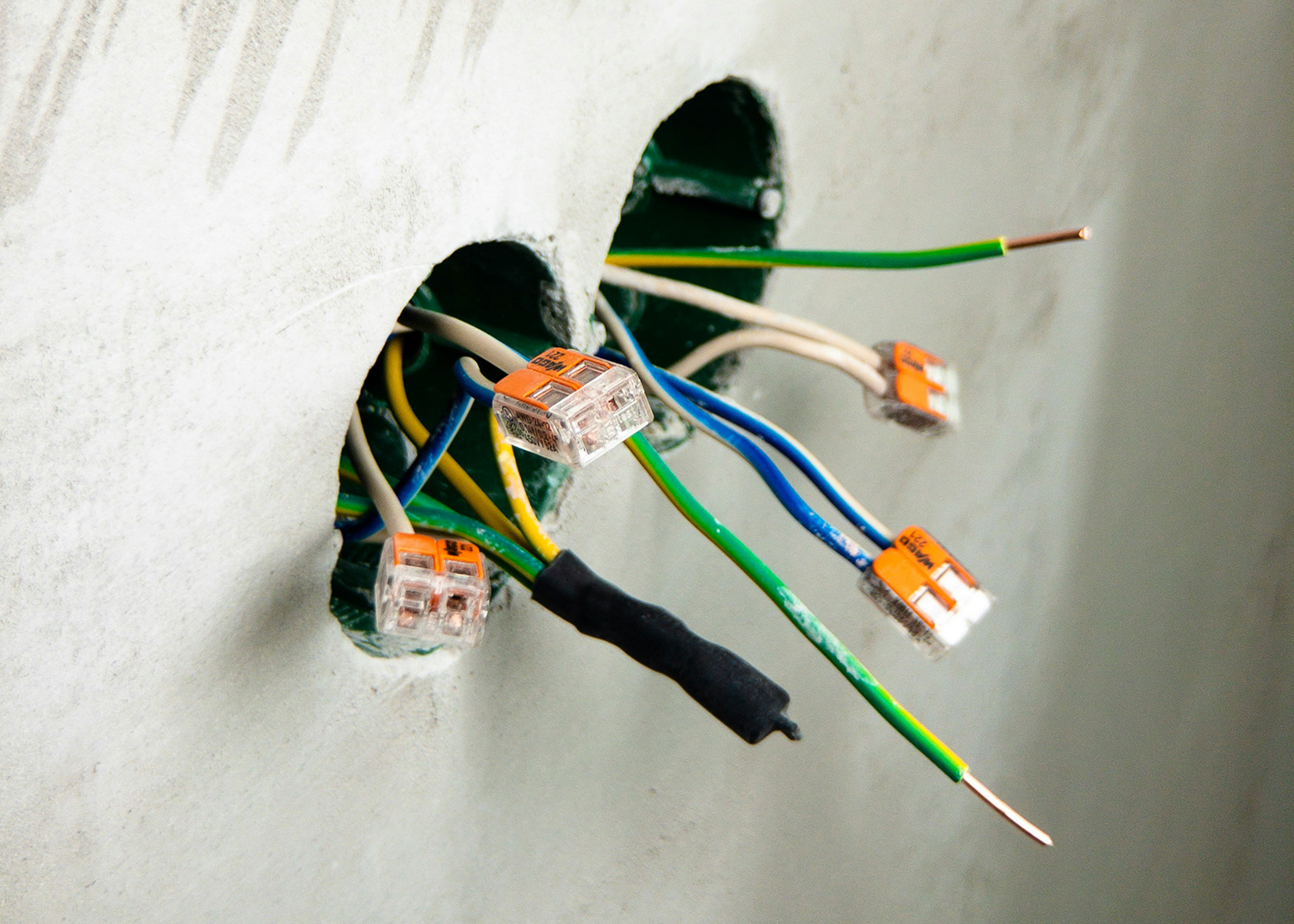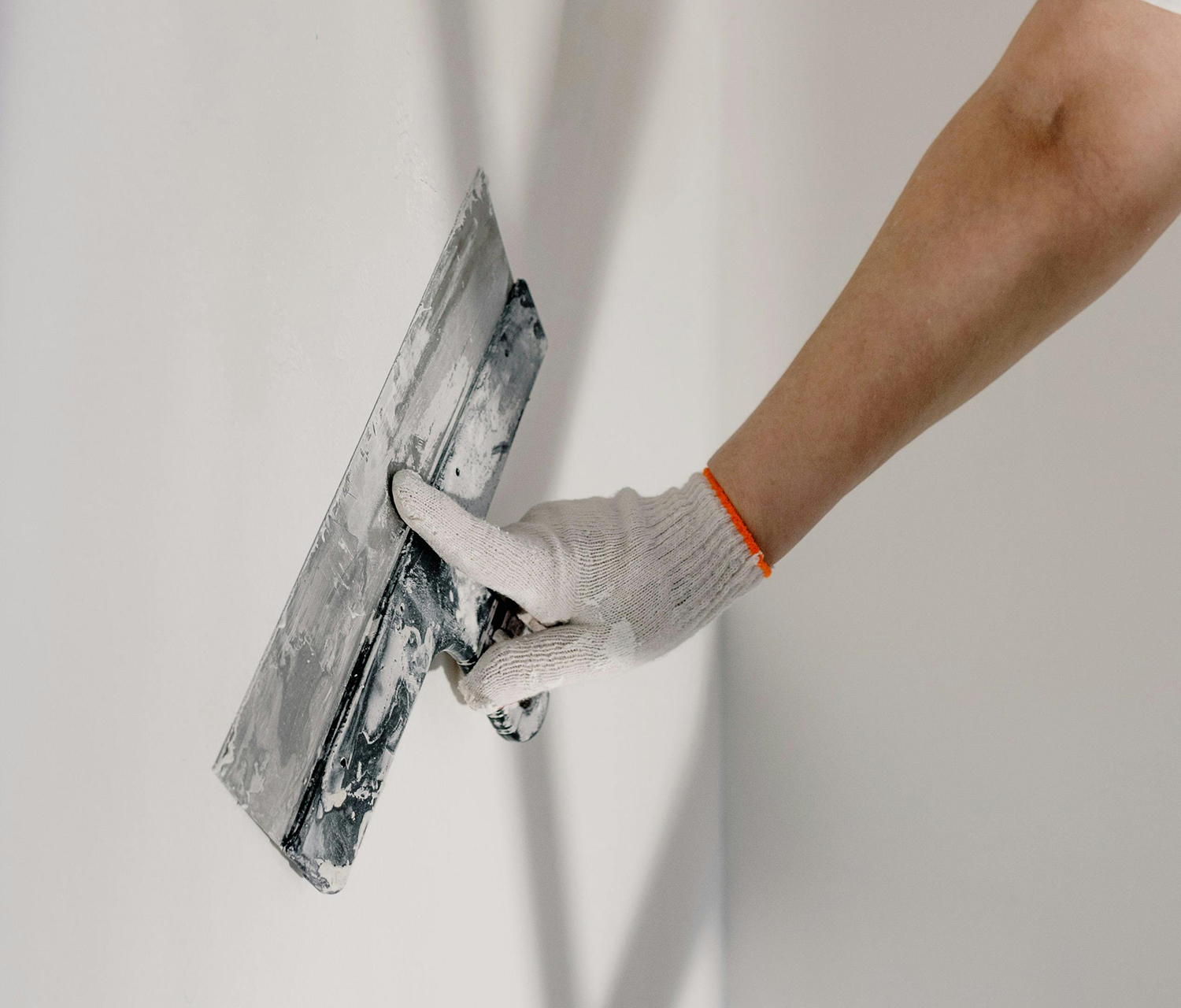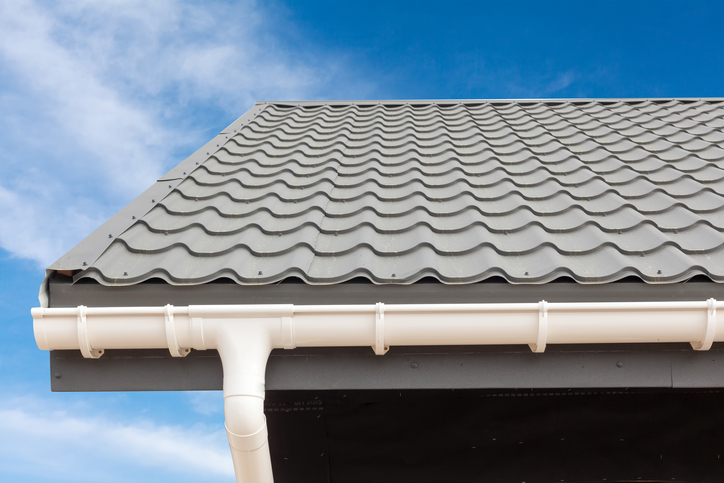How to Trim and Hang a Replacement Door
Doors in older houses often don't conform to standard sizes, requiring you to either trim a new door to fit or have one custom-made. When trimming a door, avoid cutting more than 10 mm from each side of a flush door or 5 mm from each side of a panel door to maintain its structural integrity. Remember that old door frames might not be perfectly straight. Use new hinges of the same size as the existing ones or reuse the old ones if they're still in good condition.
Tools Needed:
- Tape measure
- Sharp pencil
- Wood plane (hand or power)
- Hard point hand saw
- 25 mm (1") chisel
- Hammer or wooden mallet
- Drill (corded or cordless)
- HSS drill bit
- Workbench
- Wooden wedges
- Internal door
- 2-3 suitable door hinges
- Screws
Step-by-Step Guide
Step 1: Measure the New Door to Size
- Use the Old Door as a Guide: If the old door fit well, lay it on top of the new door and trace around it with a pencil to mark where to cut.
- Measure from the Frame: If you don't have the old door, measure the frame directly. Mark the top of the frame height on the door edge.
Top Tips:
- Testing the Fit: Before test-fitting the door, partially hammer four nails into the frame at the depth of the door to stop it from falling through.
- Holding the Door in Place: Use wedges or screwdrivers under the door to keep it elevated while measuring.
- Measuring Gaps: Aim for a 2 mm gap around the top and sides of the door. A flat penny can help judge this gap.
Step 2: Cut the Door to Size
- Secure the Door: Use a workbench to hold the door securely.
- Mark the Bottom: Transfer your measurements to the bottom of the door and mark the cut line.
- Cut the Door: Wearing goggles, use a saw to cut the door to the correct length.
- Fit to Frame: Check that the hinge side of the door fits neatly to the frame. Mark the door to the correct width.
- Plane the Edges: Use a hand or power plane to trim the sides evenly until the door fits. Smooth any sharp edges with abrasive paper.
Top Tip: If you need to remove a large amount of wood from the door height, cut from both the top and bottom to maintain panel symmetry. Keep checking the fit and use a plane for finer adjustments.
Step 3: Measure Hinge Positions
- Position the Door: Use wedges and a penny to create an even gap around the door while holding it in the frame.
- Mark Hinge Positions: Mark the positions of the existing hinge cutouts on the door edge.
Step 4: Fit the Hinges
- Position Hinges: Draw around each hinge with a sharp pencil.
- Mark Hinge Depth: Measure the thickness of the hinge plate and mark the depth on the door face.
- Chisel the Recess: Use a 25 mm chisel and mallet to outline and create the hinge recesses. Make series of cuts 5 mm apart to the marked depth.
- Avoid Splitting: When chiselling with the grain, make multiple small cuts to avoid splitting the wood.
- Install Hinges: Place the hinges in the recesses and use them as guides to drill pilot holes. Secure the hinges with screws, fully tightening them.
Top Tips:
- Mark Screw Positions: Use a hinge to mark where the screws will go and drill shallow pilot holes slightly smaller than the screw diameter.
- Enlarge Hinge Recess: If using larger hinges, enlarge the recess by marking and chiselling the frame accordingly.
Step 5: Hang the Door
- Position the Door: Place the door at a 90° angle to the frame, supported by wedges.
- Attach Hinges: Initially, only fix one screw at the bottom of each hinge. Check that the door opens and closes smoothly.
- Final Adjustments: If satisfied, fix the rest of the screws. If the door catches, loosen screws slightly or remove the door to plane off more wood as needed.
Final Check: Ensure the door opens easily. Adjust screw tightness or plane edges if the door rubs.





